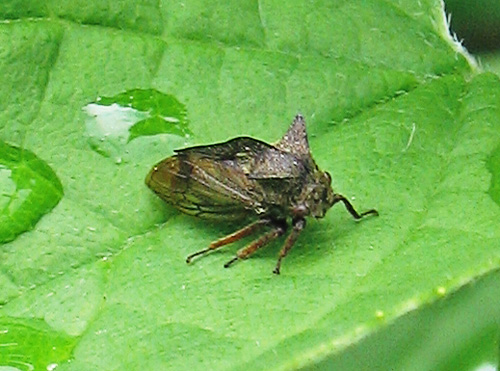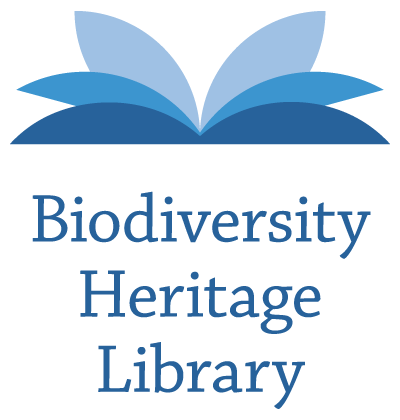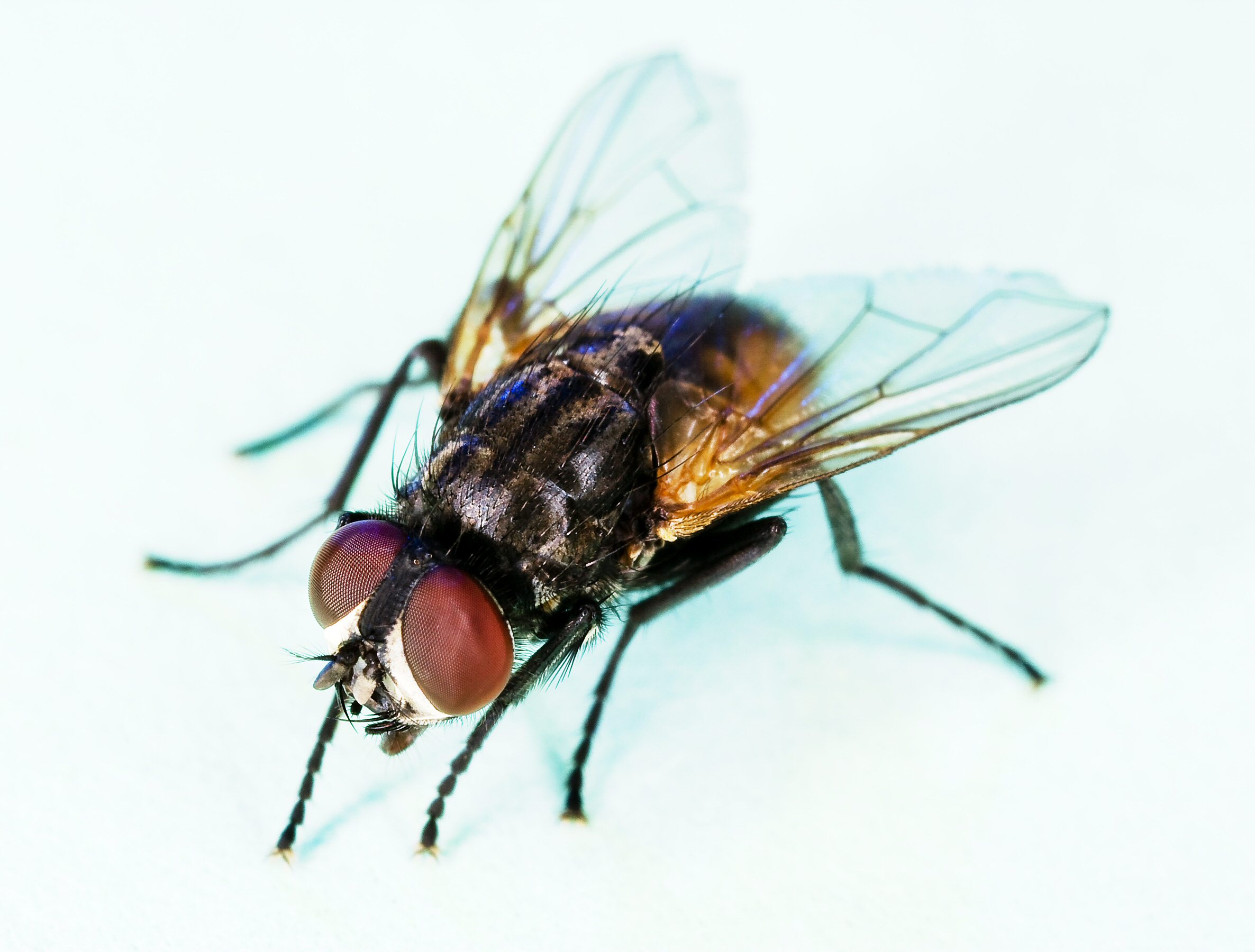|
Bembecinus Tridens
''Bembecinus tridens'' is a species of sand wasps belonging to the family Crabronidae. Subspecies * ''Bembecinus tridens caesius'' (Compte Sart, 1959) * ''Bembecinus tridens tridens'' (Fabricius, 1781) Description ''Bembecinus tridens'' can reach a length of . The body is black and yellow. Biology These wasps fly in one generation from early June to late August. The females dig a unicellular nest, though a single female digs 1-8 nests in succession. After an egg is laid in the cell the prey item (various families of Homoptera) is introduced. The species is parasitized by '' Hedychrum chalybaeum''. Distribution and habitat This species can be found from Western Europe and North Africa to Japan and China. They are common inhabitants of sandy areas. Bibliography * Nemkov P. G. (2012). Digger wasps of the genus Bembecinus A. Costa, 1859 (Hymenoptera, Crabronidae, Bembicinae) of the fauna of Russia and neighbouring countries. - Bembecinus A. Costa, 1859 (Hymenoptera, Crabronidae, ... [...More Info...] [...Related Items...] OR: [Wikipedia] [Google] [Baidu] |
Johann Christian Fabricius
Johan Christian Fabricius (7 January 1745 – 3 March 1808) was a Danish zoologist, specialising in "Insecta", which at that time included all arthropods: insects, arachnids, crustaceans and others. He was a student of Carl Linnaeus, and is considered one of the most important entomologists of the 18th century, having named nearly 10,000 species of animals, and established the basis for the modern insect classification. Biography Johan Christian Fabricius was born on 7 January 1745 at Tønder in the Duchy of Schleswig, where his father was a doctor. He studied at the gymnasium at Altona and entered the University of Copenhagen in 1762. Later the same year he travelled together with his friend and relative Johan Zoëga to Uppsala, where he studied under Carl Linnaeus for two years. On his return, he started work on his , which was finally published in 1775. Throughout this time, he remained dependent on subsidies from his father, who worked as a consultant at Frederiks Hospital. ... [...More Info...] [...Related Items...] OR: [Wikipedia] [Google] [Baidu] |
Oktawiusz Radoszkowski
General Oktawiusz Wincenty Bourmeister-Radoszkowski (variously spelt as Radochkoowsky, Radoszkowski, Radoszkowsky etc. and in Polish sources as Oktavij Vikentij Burmejster-Radoškovski) (russian: Октавий Иванович Радошковский; 7 August 1820, in Łomża – 13 May 1895, in Warszawa) was a Polish entomologist who specialised in Hymenoptera and worked in the Russian Empire. He was one of the founding members of the Russian Entomological Society. He published very many scientific papers describing new taxa and on the structure and taxonomic significance of the genitalia of Aculeate Hymenoptera. Radoshkovsky was born in Łomża in a noble family and was trained in the army, serving as an artillery officer who retired as a Lieutenant-General in 1879. He described numerous species of Chrysididae, many of which were collected by others such as Alexei Pavlovich Fedchenko (1844–1873). He served as a president of the Russian Entomological Society from 1865 to 18 ... [...More Info...] [...Related Items...] OR: [Wikipedia] [Google] [Baidu] |
Crabronidae
The Crabronidae are a large paraphyletic group (nominally a family) of wasps, including nearly all of the species formerly comprising the now-defunct superfamily Sphecoidea. It collectively includes well over 200 genera, containing well over 9000 species. Crabronids were originally a part of Sphecidae, but the latter name is now restricted to a separate family based on what was once the subfamily Sphecinae. Several of the subfamilies of Crabronidae are often treated as families in their own right, as is true of the most recent phylogenies (example below). Phylogeny This phylogenetic tree is based on Sann ''et al.'', 2018, which used phylogenomics to demonstrate that both the bees (Anthophila) and the Sphecidae arose from within the former Crabronidae, which is therefore paraphyletic, and which they suggested should be split into several families; the former family Heterogynaidae nests within the Bembicidae, as here defined. These findings differ in several details from st ... [...More Info...] [...Related Items...] OR: [Wikipedia] [Google] [Baidu] |
Homoptera
Homoptera is a suborder of order Hemiptera that is considered by some taxonomists to be paraphyletic, and therefore deprecated (obsolete). It was therefore split into the suborders Sternorrhyncha, Auchenorrhyncha, and Coleorrhyncha. The earlier work was based on nuclear DNA, but more recent phylogenetic analysis using mitochondrial DNA suggest that Homoptera may be a monophyletic group after all, a sister group of Heteroptera. The cause of the disparity in the analyses is suggested to be the long branch attraction effect in phylogenetic analysis, due to rapidly evolving DNA regions. The Homoptera include the aphids, scale insects, cicadas, and leafhoppers A leafhopper is the common name for any species from the family Cicadellidae. These minute insects, colloquially known as hoppers, are plant feeders that suck plant sap from grass, shrubs, or trees. Their hind legs are modified for jumping, and a ..., which all have sucking mouthparts. References Insect suborders Hemip ... [...More Info...] [...Related Items...] OR: [Wikipedia] [Google] [Baidu] |
Hedychrum Chalybaeum
''Hedychrum'' is a large genus of cuckoo wasps (the family Chrysididae). With roughly 150 species, it is the second largest genus in the family; most species are from the Palaearctic, but they can be found in the Oriental, Afrotropical, Nearctic, and Neotropical regions. Their hosts are typically from the subfamily Philanthinae. Selected European species * '' Hedychrum aureicolle'' Mocsary, 1889 * '' Hedychrum chalybaeum'' Dahlbom, 1854 * ''Hedychrum gerstaeckeri'' Chevrier, 1869 * '' Hedychrum longicolle'' Abeille de Perrin, 1877 * '' Hedychrum luculentum'' Förster, 1853 * '' Hedychrum mavromoustakisi'' Trautmann, 1929 * '' Hedychrum micans'' Lucas, 1849 * '' Hedychrum niemelai'' Linsenmaier, 1959 * '' Hedychrum nobile'' Scopoli, 1763 * '' Hedychrum rufipes'' R. du Buysson, 1893 * ''Hedychrum rutilans'' Dahlbom, 1854 (syn. ''Hedychrum intermedium'') * '' Hedychrum tobiasi'' Kilimnik, 1993 * '' Hedychrum virens'' Dahlbom, 1854 * '' Hedychrum viridilineolatum'' Kilimnik, 19 ... [...More Info...] [...Related Items...] OR: [Wikipedia] [Google] [Baidu] |
Biodiversity Heritage Library
The Biodiversity Heritage Library (BHL) is the world’s largest open access digital library for biodiversity literature and archives. BHL operates as worldwide consortiumof natural history, botanical, research, and national libraries working together to address this challenge by digitizing the natural history literature held in their collections and making it freely available for open access as part of a global “biodiversity community.” The BHL consortium works with the international taxonomic community, publishers, bioinformaticians, and information technology professionals to develotools and servicesto facilitate greater access, interoperability, and reuse of content and data. BHL provides a range of services, data exports, and APIs to allow users to download content, harvest source data files, and reuse materials for research purposes. Through taxonomic intelligence tools developed bGlobal Names Architecture BHL indexes the taxonomic names throughout the collection, allowing ... [...More Info...] [...Related Items...] OR: [Wikipedia] [Google] [Baidu] |
Global Biodiversity Information Facility
The Global Biodiversity Information Facility (GBIF) is an international organisation that focuses on making scientific data on biodiversity available via the Internet using web services. The data are provided by many institutions from around the world; GBIF's information architecture makes these data accessible and searchable through a single portal. Data available through the GBIF portal are primarily distribution data on plants, animals, fungi, and microbes for the world, and scientific names data. The mission of the GBIF is to facilitate free and open access to biodiversity data worldwide to underpin sustainable development. Priorities, with an emphasis on promoting participation and working through partners, include mobilising biodiversity data, developing protocols and standards to ensure scientific integrity and interoperability, building an informatics architecture to allow the interlinking of diverse data types from disparate sources, promoting capacity building and ca ... [...More Info...] [...Related Items...] OR: [Wikipedia] [Google] [Baidu] |
Encyclopedia Of Life
The ''Encyclopedia of Life'' (''EOL'') is a free, online encyclopedia intended to document all of the 1.9 million living species known to science. It is compiled from existing trusted databases curated by experts and with the assistance of non-experts throughout the world. It aims to build one "infinitely expandable" page for each species, including video, sound, images, graphics, as well as text. In addition, the Encyclopedia incorporates content from the Biodiversity Heritage Library, which digitizes millions of pages of printed literature from the world's major natural history libraries. The project was initially backed by a US$50 million funding commitment, led by the MacArthur Foundation and the Sloan Foundation, who provided US$20 million and US$5 million, respectively. The additional US$25 million came from five cornerstone institutions—the Field Museum, Harvard University, the Marine Biological Laboratory, the Missouri Botanical Garden, and the Smithsonian Ins ... [...More Info...] [...Related Items...] OR: [Wikipedia] [Google] [Baidu] |
Hymenoptera Of Asia
Hymenoptera is a large order of insects, comprising the sawflies, wasps, bees, and ants. Over 150,000 living species of Hymenoptera have been described, in addition to over 2,000 extinct ones. Many of the species are parasitic. Females typically have a special ovipositor for inserting eggs into hosts or places that are otherwise inaccessible. This ovipositor is often modified into a stinger. The young develop through holometabolism (complete metamorphosis)—that is, they have a wormlike larval stage and an inactive pupal stage before they mature. Etymology The name Hymenoptera refers to the wings of the insects, but the original derivation is ambiguous. All references agree that the derivation involves the Ancient Greek πτερόν (''pteron'') for wing. The Ancient Greek ὑμήν (''hymen'') for membrane provides a plausible etymology for the term because species in this order have membranous wings. However, a key characteristic of this order is that the hindwings a ... [...More Info...] [...Related Items...] OR: [Wikipedia] [Google] [Baidu] |
Hymenoptera Of Europe
Hymenoptera is a large order of insects, comprising the sawflies, wasps, bees, and ants. Over 150,000 living species of Hymenoptera have been described, in addition to over 2,000 extinct ones. Many of the species are parasitic. Females typically have a special ovipositor for inserting eggs into hosts or places that are otherwise inaccessible. This ovipositor is often modified into a stinger. The young develop through holometabolism (complete metamorphosis)—that is, they have a wormlike larval stage and an inactive pupal stage before they mature. Etymology The name Hymenoptera refers to the wings of the insects, but the original derivation is ambiguous. All references agree that the derivation involves the Ancient Greek πτερόν (''pteron'') for wing. The Ancient Greek ὑμήν (''hymen'') for membrane provides a plausible etymology for the term because species in this order have membranous wings. However, a key characteristic of this order is that the hindwings ... [...More Info...] [...Related Items...] OR: [Wikipedia] [Google] [Baidu] |





